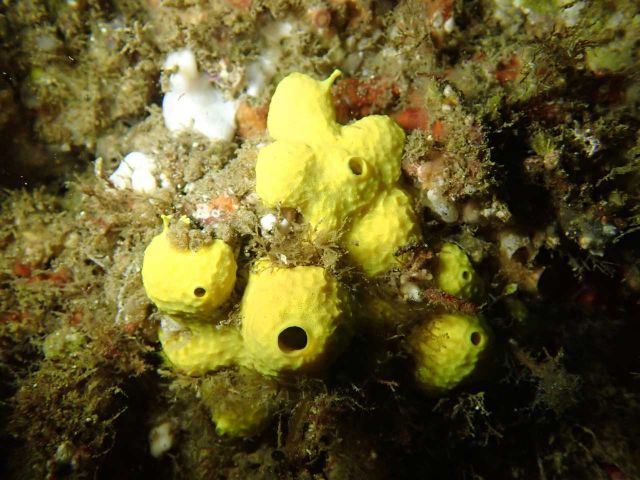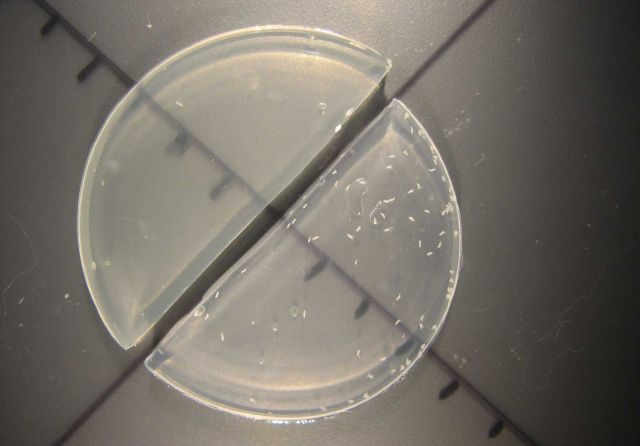Research
The Sponges of California

The rocky reefs of the North American West Coast contain an astonishing diversity of suspension-feeding marine invertebrates. Together with other colonial filter feeders like tunicates, anthozoans, and bryozoans, sponges occupy a considerable portion of the hard-bottom substrate in shallow waters. Despite the important ecological roles and services of these taxa, we know little about the ecology or evolution of most species in this benthic community. This is especially true for sponges, where we lack basic information like which species are present.
We are collaborating with Robert Miller in the Marine Science Institute to improve our understanding of sponge diversity in California. This work is supported by the Santa Barbara Channel Biodiversity Marine Observation Network and the Santa Barbara Coastal Long Term Ecological Research program. See the Publications section for more information.
The Evolution of Behavior

We have used Drosophila melanogaster (the fruit fly) as a model system for studying the evolution of behavior. Drosophila has been one of the most important model systems for evolutionary genetics for over 100 years. More recently, Drosophila has also become one of the most important tools for studying the brain. With about 100,000 neurons, the Drosophila brain is much more complex than the C. elegans brain (302 neurons), but much simpler than a mouse brain (75 million neurons). Because of all we know about Drosophila evolutionary genetics, my lab has worked to use our growing understanding of Drosophila brains to improve our understanding of the evolutionary links between genes, brains, and behavior.